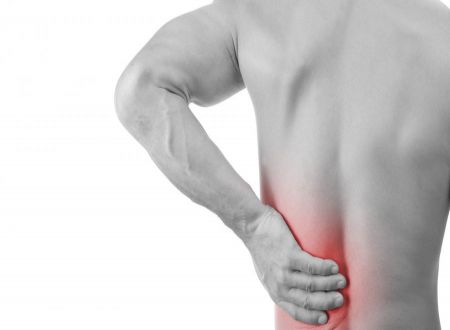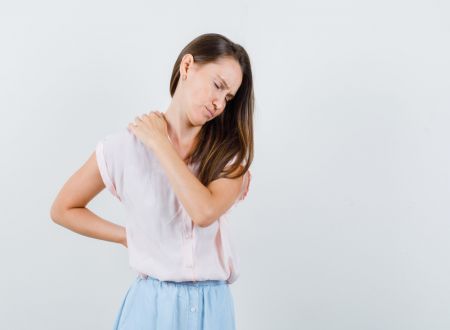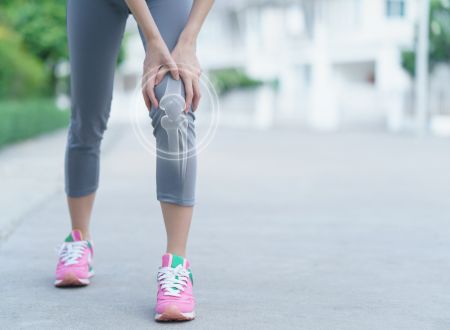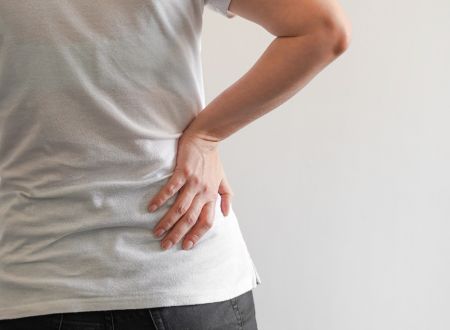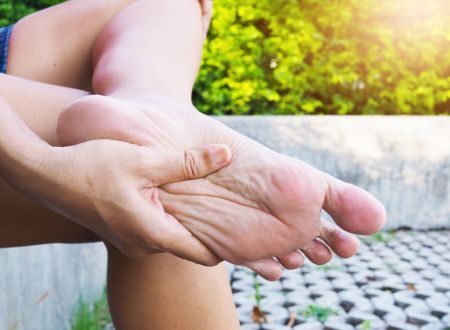Orthopedic Rehabilitation
Patients applying to orthopedic rehabilitation have quite different diagnoses. Anatomically related regions; Orthopedic rehabilitation is required after trauma fractures in the spine, shoulder, elbow, forearm, hand and wrist, hip, knee and foot-ankle or after operations applied to these joints and bones. Rehabilitation is inevitable after correction of congenital or acquired deformities.
The first step in our patient's encounter with a physical therapist is the period when the patient tells his/her complaints. The patient is then examined. First of all, joint range of motion, muscle tests, special tests, neurological examination are performed. Some blood tests and imaging methods may be performed when deemed necessary. Sometimes, other ancillary analyzes such as EMG and joint fluid examinations may be requested.
After the evaluation of all these data by the Physiotherapy Specialist, a detailed treatment plan should be made. Sometimes it may include rest or manipulation, sometimes medical therapy, physical therapy methods and sometimes complementary therapy.
In physical therapy methods, there may be cases where only cold or hot treatment is sufficient, or extensive electrotherapy and exercise applications, even selective rehabilitation methods may be required. It is important to approach the patient with a holistic approach.
Orthopedic Rehabilitation Stages
Medical Treatment
Simple Painkillers-Non Steroid Painkillers- Auxiliary Medicines, Vitamins-Cartilage protectors-Joint fluid supplements (Viscosupplements)
Physical Therapy Methods
Hot and Cold therapy-Electrotherapy-Traction-Magnetic field-Lasertherapy_electrical Stimulation-_ESWT etc
Exercise Therapy
Active-assisted and passive - CPM device (knee-shoulder)- Strengthening exercises-Stretching exercises-Balance exercises- Advanced exercises
Alternative Methods:
- Ozone therapy-Massage-Manipulation-Kinesiotaping taping-Lymphedema applications
- Orthosis-Prosthetics and other assistive devices that make life easier
- Walking Stick-Walker-Splints-Life devices-AFO-KAFO etc.
- Patients Admitted to Orthopedic Rehabilitation
- Hip, shoulder and knee prostheses
- fractures
- Bone and soft tissue tumors
- metabolic bone diseases
- Congenital deformities
- Ligament and meniscus injuries and postoperative
- Patients who underwent surgery for general orthopedic diseases
What Are the Goals of Our Rehabilitation Program?
1-Improving the quality of life
2-Maintaining the range of motion of the joint
3-To improve joint circumference and general muscle strength
4-Improving balance-coordination
5-To provide optimal smooth walking
6-Increasing stamina
7- Being able to act alone inside and outside the home
8-Increasing social participation
9-To return to work
Orthopedic Rehabilitation Subtitles

Joint Pains
JOINT PAINS
Joints are the junctions of two bones. Joint pain can occur for many reasons. We need joints to move. If there is pain and dysfunction, our mobility d...
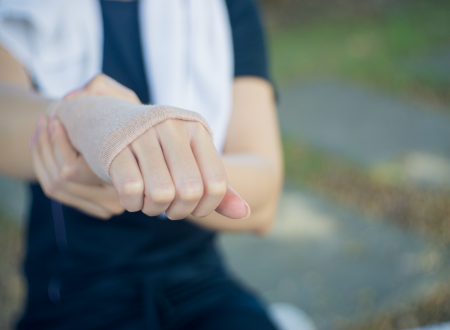
Muscle and Soft Tissue Damages
Although all other tissues of the musculoskeletal system except bone are called "soft tissue", the concept of "soft tissue injury/injury" is mostly used to describe lesions of m...
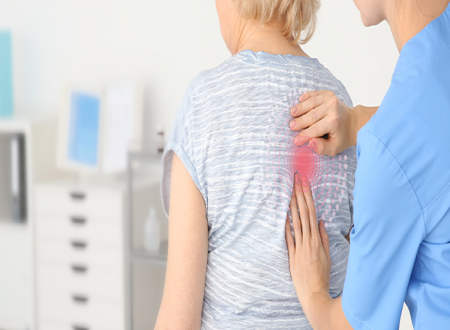
Osteoporosis
Osteoporosis is a progressive bone loss disease associated with an increased risk of fractures. The disease often develops undetected for many years without any symptoms or discomf...
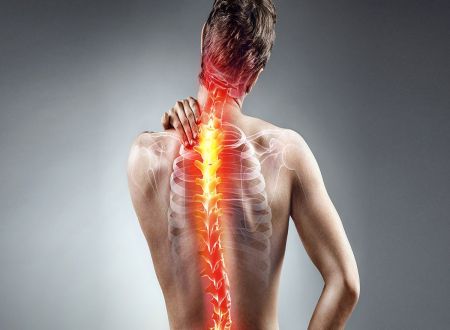
Scoliosis (Spine Curvature)
What is scoliosis?
Scoliosis means a curved back and is a musculoskeletal disease in which the spine has a lateral curvature. While it can be treated in some people, it r...
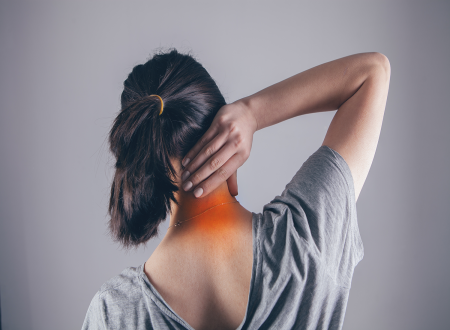
Fibromyalgia
What is fibromyalgia?
Fibromyalgia, also called fibromyalgia syndrome (FMS), is a syndrome of unknown cause accompanied by many findings such as chronic widespread pain, ...

Tennis and Golfer's Elbow
LATERAL EPICONDILITIS (TENNIS ELBOW)
What is tennis elbow?
Lateral epicondylitis is often known as tennis elbow. It is a pain...

Posture Disorders
Posture Disorders
Posture disorders, which we also call posture disorders, are one of the issues that many people suffer from today. A correct posture is achieved by taki...

Chronic Fatigue Syndrome
What is Chronic Fatigue Syndrome?
Chronic fatigue syndrome is also known as "chronic neuroendocrine immune dysfunction." It is a chronic disease that usually do...
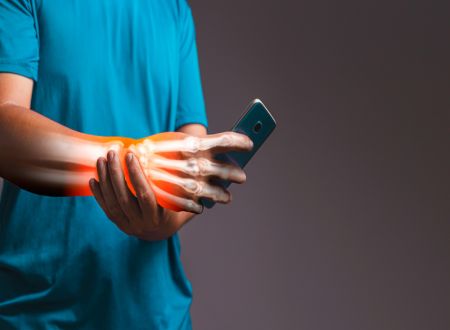
Nerve Entrapment
Nerve entrapment - Carpal Tunnel - Cubital
Nerve entrapment is used to describe the entrapment of nerve fibers by pressure. The trunk, arms, or legs can ...

Achilles tendinitis
What is Achilles Tendonitis?
The Achilles tendon runs parallel to the shin bone at the back of the ankle. It starts at the heel bone and runs along the tibia. It is the s...
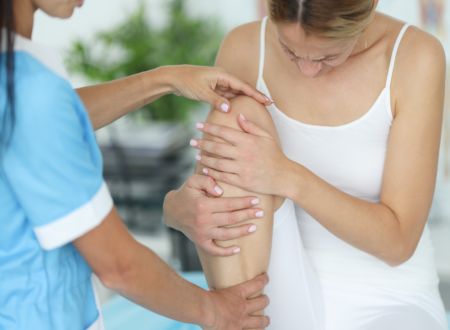
Fracture Rehabilitation
Fracture Rehabilitation
Fracture is the deterioration of bone or cartilage integrity. There are no medical cracks. The term crack is used for non-moving breaks. When a fr...
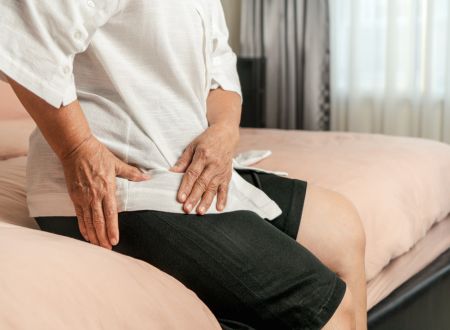
Knee and Hip Replacement Rehabilitation
Knee and Hip Replacement Rehabilitation
In order to increase the success of hip replacement surgery, it is important to start rehabilitation before surgery. Th...
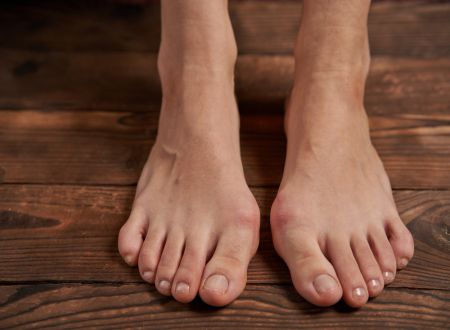
Hallux Valgus
What is Hallux Valgus?
It is known that the human foot will be deformed for many reasons. Hallux valgus disease is the most common foot deformity. This deformity is defin...
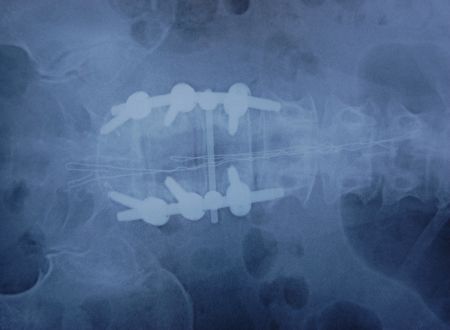
Narrow Canal (Lumbar Stenosis)
What is Narrow Canal (Lumbar Stenosis)?
As age progresses, the intervertebral discs between the vertebrae lose their spongy structure and begin to hold less water.
...
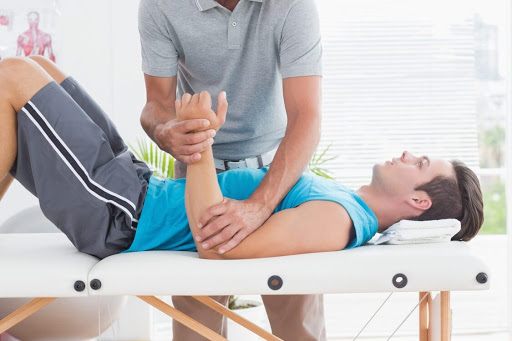 >
>


